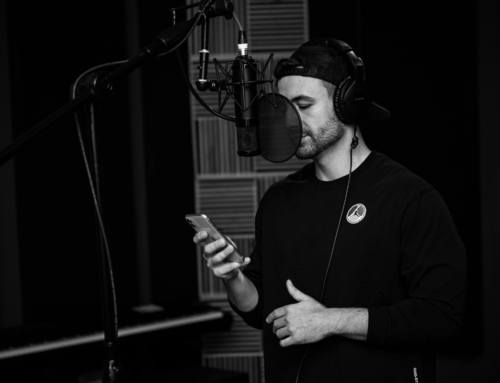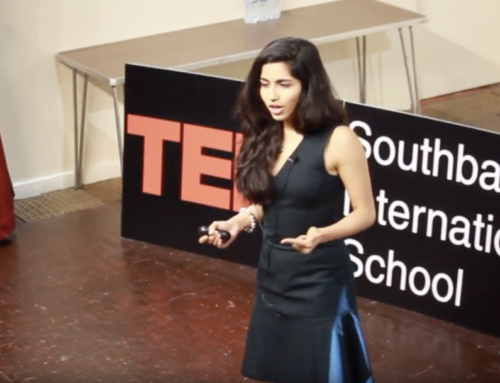On March 2, 2011, a pale, thin Steve Jobs kicked off the iPad 2 with his signature new product presentation in San Francisco. He entered to a standing ovation and was interrupted by applause many times during the course of the talk. He was clearly playing to a crowd of fans, but nonetheless his presentation offers a number of lessons about how to present persuasively and effectively. Use these tips to improve your own presentations.
1. He begins by acknowledging the crowd. Jobs realizes that he’s there for the audience, and he shows his awareness by focusing on the crowd. He waits for them to react, to finish their applause. He doesn’t rush their responses. That’s how you establish a rapport with the people in front of you.
2. He uses mostly open gestures. Jobs is a seasoned presenter, and he doesn’t betray much nervousness. But he does tip us off to his nerves in the beginning with some awkward hand gestures: he can’t quite decide where to put them. But soon he settles down and makes his gestures mostly open. Aside from a tendency to put his hands behind his back when he doesn’t know what else to do, which is not very effective, most of his gestures are strong and open.
3. He frames the talk at a high level at the opening. Jobs begins by saying, “I’ve got some updates to talk about, and then a major product announcement. So let’s get started.” And then he’s off and running. He doesn’t make the mistake so many inexperienced presenters make by wasting those first critical minutes in a detailed examination of the agenda. That’s boring. Instead, tell us why we’re there, in a quick framing sentence or two – or story – and then get on it with it.
4. He keeps his remarks both emotional and grounded. Jobs is not afraid to quote a competitor – especially when it makes a good point about Apple – and he lets us know how he feels about Apple products. He used words like “cool” and “wonderful” and “exciting” regularly. He keeps our interest by letting us know how interested he is.
5. He uses visuals well – including video. Virtually all of Jobs’ slides are pictures. Very few bullets and certainly no speaker notes. And his use of video is instructive: the video is touching – including a moving account of how the iPad helps autistic children cope better – and takes us places that Jobs would have to work much harder to do with words.
6. He’s focused on the audience. Jobs never makes the mistake less experienced presenters do by talking to their slides (or video). He’s always talking to the audience. He knows what he’s going to say, and uses the visuals as an enhancement, not a crutch.
7. He tells a good story. Jobs builds suspense by keeping the iPad 2 announcement to the end of his part of the presentation. He leads up to the big deal, rather than “telling them what you’re going to say, saying it, and then telling them what you said.”
8. He doesn’t use jargon. Jobs’ language is straightforward, direct, and enthusiastic. He uses little or no jargon – occasionally a tech term will creep in, but then he is the head of a high-tech company – and keeps his remarks grounded in real activities of real people. He’s always telling us what his gadgets can do, not what esoteric features they have.
9. Finally, he has fun. A speaker’s enthusiasm is infectious – literally, because we have mirror neurons in our heads that share the emotions we see around us. If the speaker is nervous, we get nervous. If the speaker is jazzed, we get jazzed. That’s why a Jobs presentation is fun to watch.








Great article! A lot of people have breakdowns of his presentations but you kept yours really simple, much like a Steve Jobs presentation. I’m trying to track down a list of his descriptive words (cool, exciting, awesome). If anyone has one please post it. Thanks!
http://www.MikeLMurphy.com
Hi, Mike —
Thanks for the comment. People often underestimate the importance of emotion-laden words, preferring safe, bland language. It’s a great mistake. Listen to Jobs!